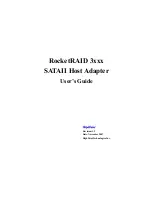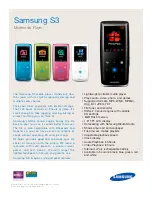
ETHERNET • 277
Network communication
Modular I/O System
ETHERNET TCP/IP
TCP segment
The packet header of a TCP data packet is comprised of at least 20 bytes and
contains, among others, the application port number of the transmitter and the
receiver, the sequence number and the acknowledgement number.
The resulting TCP packet is used in the data unit area of an IP packet to create
a TCP/IP packet.
5.2.2.4 UDP
The UDP protocol, like the TCP protocol, is responsible for the transport of
data. Unlike the TCP protocol, UDP is not connection-orientated; i.e. there are
no control mechanisms for the data exchange between transmitter and receiver.
The advantage of this protocol is the efficiency of the transmitted data and the
resulting higher processing speed.
5.2.2.5 ICMP
The Internet Control Message Protocol is used to report errors in the network
of the station causing or affected by the error. The ICMPO protocol is de-
scribed in the RFC 792 specification.
















































